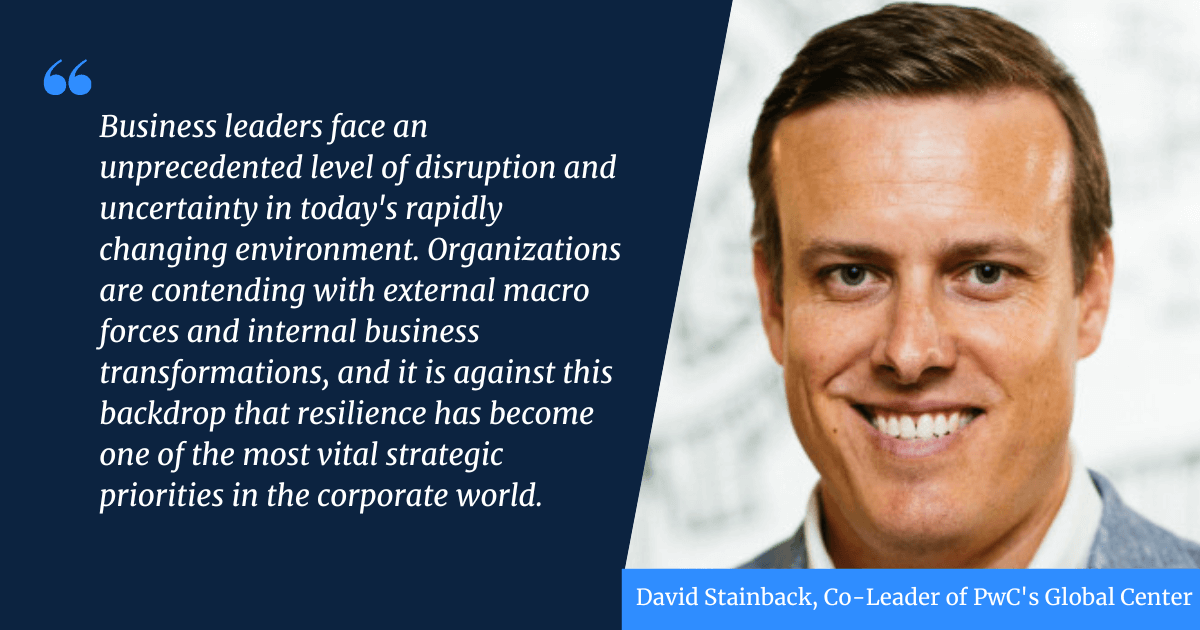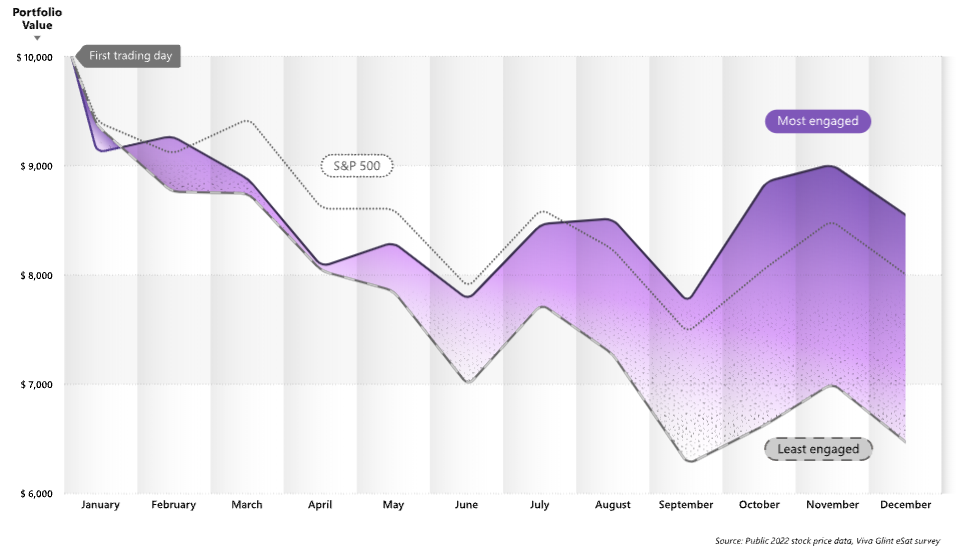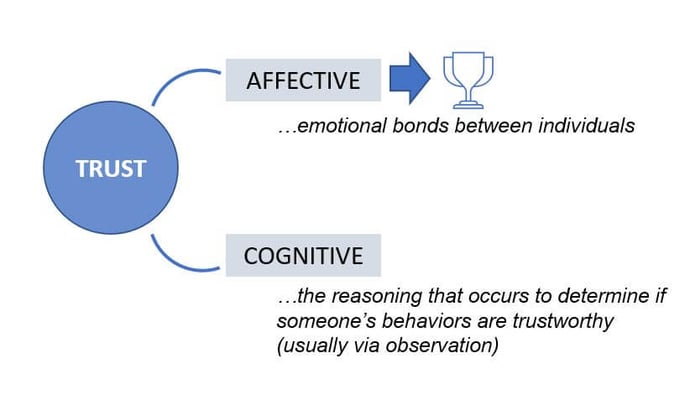
Do you feel like your title should include “crisis manager” in it? Or perhaps Chief Crisis Officer, VP of Crisis Management, or Executive Crisis Director sounds more appropriate?
For better or for worse, most leaders have earned the equivalent of a PhD in managing workplace crises over the past three years.
The word crisis may seem a bit extreme and overly dramatic – but a crisis in the workplace is defined as a sequence of sudden unwanted events leading to major disturbances.
Day in and day out, we’re all experiencing sequences of unwanted events and some are leading to major (and minor) disturbances. The more proficient we get at navigating the terrain, dealing with the pace and pain of change, and strengthening the resilience of ourselves and our teams – the better off we’ll all be.
Here are curated pro tips to help you lead your team through adversity and uncertainty…
Develop these 4 Leadership Behaviors:
This article from Harvard Business Review dives into behaviors that are good to develop whether in a crisis or not.
- Make decisions with speed over precision: process available information, determine what matters most, and make decisions with conviction
- Adapt boldly: get ahead of circumstances, seek input from diverse sources, don’t be afraid to admit what you don’t know, and bring in outside expertise
- Reliably Deliver: take personal ownership, align the team's focus, establish new metrics, and create a culture of accountability
- Engage for impact: find ways to engage and motivate even in the toughest of times
Create a Resilience Revolution – and Start with Yourself:
PWC’s Global Crisis and Resilience Survey reveals that leaders overestimate their organizational resilience yet resilience is one of their most important strategic organizational priorities. There is plenty of advice on how to create a more resilient workforce – like by building an integrated enterprise resilience program of cross-functional teams – but ultimately it starts at the top.
When things get tough and the pace of change leaves you feeling winded, you’re likely to engage in fewer leadership behaviors like sharing optimistic visions for the future, setting goals, clarifying roles, and recognizing performance. As leaders, we tend to take a more passive approach to leadership, which has a trickle-down effect on our teams and their resiliency levels.

Double Down on Engagement:
New research from Microsoft – "The New Performance Equation in the Age of AI" – demonstrates that employee engagement is a critical factor for organizational success, especially in uncertain economic times. This research, based on surveys of over three million employees across various industries, highlights the power of combining employee engagement with data-driven insights to create an environment that fosters high performance.

At SHIFT, we have the fortunate experience of helping our clients navigate all levels of challenges – from uncomfortable situations to huge crises, and everything in between.
Here are a few stories to dig into:
- Getting ahead of leaked information? Read here.
- Communicating changes and pivots without creating FUD (fear, uncertainty, and doubt)? Read here.
- Preventing a flop at your next team meeting? Read here.
- Resolving mistrust and unfairness? Read here.
Does Your Team Trust You?

Our Principal Consultant, Sarah Powell, has some thoughts on this…
Many leaders believe that employees will know they are trustworthy when they observe the leader’s behaviors, but the commitment and behavioral dividends from trust don’t pay out unless employees have an emotional connection to their leaders.
So how do you build an emotional and trust-based relationship with your team?
- Communicate directly with your people and engage them regularly.
- Let them know that you care, that you see them for who they are, and that you appreciate the work that they do.
It sounds intuitive, but unless you’re intentional about making this happen, it’s easy to let relationship-building fall by the wayside.
Idea: One way to get to know your team on a deeper level is to invite them to explore their 25 Reasons Why – and sharing your own responses may be the spark needed to ignite a meaningful conversation.
Takeaway: Higher levels of organizational commitment and desired work behaviors can be unlocked with strong leader-employee bonds.
Interesting Snippets & Noteworthy Tidbits

👀 91% of Americans in this survey reported that their coworkers are sometimes passive-aggressive over email. Your email greeting, sign-off, and punctuation use may be playing a role.
🐠 “The new study shows that fish can detect fear in other fish, and then become afraid too – and that this ability is regulated by oxytocin, the same brain chemical that underlies the capacity for empathy in humans.”
⏰ As someone who often does their best work at odd hours (sometimes even at 2 AM), I appreciate that more people are starting to accept atypical working hours. Some people need the boundaries set by a 9-5 job, but others like me thrive with flexibility.
Join our Stories that SHIFT Newsletter
Subscribe to get your dose of inspiration, stories, resources, and entertainment delivered straight to your inbox. You’ll be happy you did!
Shoutout to our teammates Julie Gelb and Misti Aaronson who helped shape this week's edition of Stories that SHIFT.








